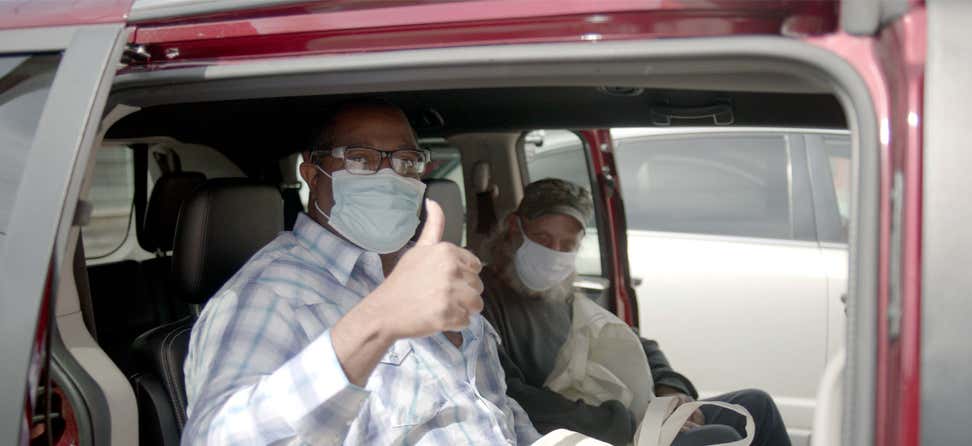Key Takeaways
Community-based organizations providing vital services older adults are struggling to continue supporting their clients during the COVID-19 pandemic.
The pandemic continues to impact organizations’ resources and the demand for their services.
NCOA has conducted multiple surveys of these organizations to understand their challenges and opportunities.
Across the nation, thousands of community-based organizations provide vital services that enable older adults to stay in their own homes. When the pandemic hit, these organizations pivoted quickly to meet the shifting health and economic needs of the people they serve. Since April 2020, NCOA has conducted four surveys to better understand the impact of COVID-19 on these organizations and the people they serve. Below are highlights from each survey.
January 2021
Older Adult Needs
- The highest-priority needs have remained relatively consistent—staying socially connected, affording basic expenses, and getting help with technology and transportation. In January, a new need was identified around getting reliable information about the pandemic with 52% identifying it as high-priority.
Community-Based Organizations
- Organizations are playing an important role in vaccine education and distribution for older adults, with 54% providing general education about the benefits of vaccines and 36% registering older adults for vaccines.
- Demand for services remains high, with 48% reporting they are serving more older adults in January than in Fall 2020.
- Older adults continue to need access to technology, with 66% of organizations reporting they need increased funding to meet this challenge.
October 2020
Older Adult Needs
- The highest-priority needs for older adults during the pandemic continue to be staying socially connected while physically distancing, affording basic expenses, and getting help with technology.
Community-Based Organizations
- Organizations continue to expand their virtual, phone, and home delivery services, with meals, caregiver support, and benefits counseling the most common.
- The pandemic continues to impact organizations’ resources, with just under half losing funding and having to reduce staff.
- About a third of organizations are making plans to reopen, while following local health guidelines.
July 2020
Older Adult Needs
- In July, the needs of older adults during the pandemic had shifted from food and supplies to staying socially connected, with 72% listing it first.
- The digital divide means less than half of older adults have what they need to stay connected virtually. Only 38% are comfortable using the internet, and 49% have broadband access.
Community-Based Organizations
- Organizations shifted quickly from in-person services to virtual, phone, and home delivery. 61% stopped congregate meals and started home-delivered meals, while 45% moved caregiver support to virtual or phone.
- The pandemic has decreased organizations’ resources and spurred them to work with other groups to continue serving older adults. 84% have reduced volunteers, and 55% are now working with their local departments of health.
- Organizations are starting to make plans to reopen, while following local health guidelines. 49% are developing plans, but are not ready to move ahead yet.
April 2020
Older Adult Needs
- Older adults reported needing help with picking up groceries or meal deliveries (64%) and accessing masks, gloves, cleaning supplies, hand sanitizer, etc. (63%).
- Respondents estimated that over half of their older adult clients lack broadband internet access, and even fewer are comfortable using the internet (39%) or own a tablet or computer at home (38%).
Community-Based Organizations
- Organizations suspended or decreased in-person programs such as falls prevention education (37%) and congregate meals (35%), while increasing or introducing home-delivered meals (35%) and take-home meals (26%). 90% moved services to virtual or phone, including benefits counseling (25%) and caregiver support (24%).
- 45% said they lost a great deal or quite a lot of their revenue due to the pandemic. While more than 80% relied on volunteers, 92% reported their volunteer workforce had reduced or stopped working.








